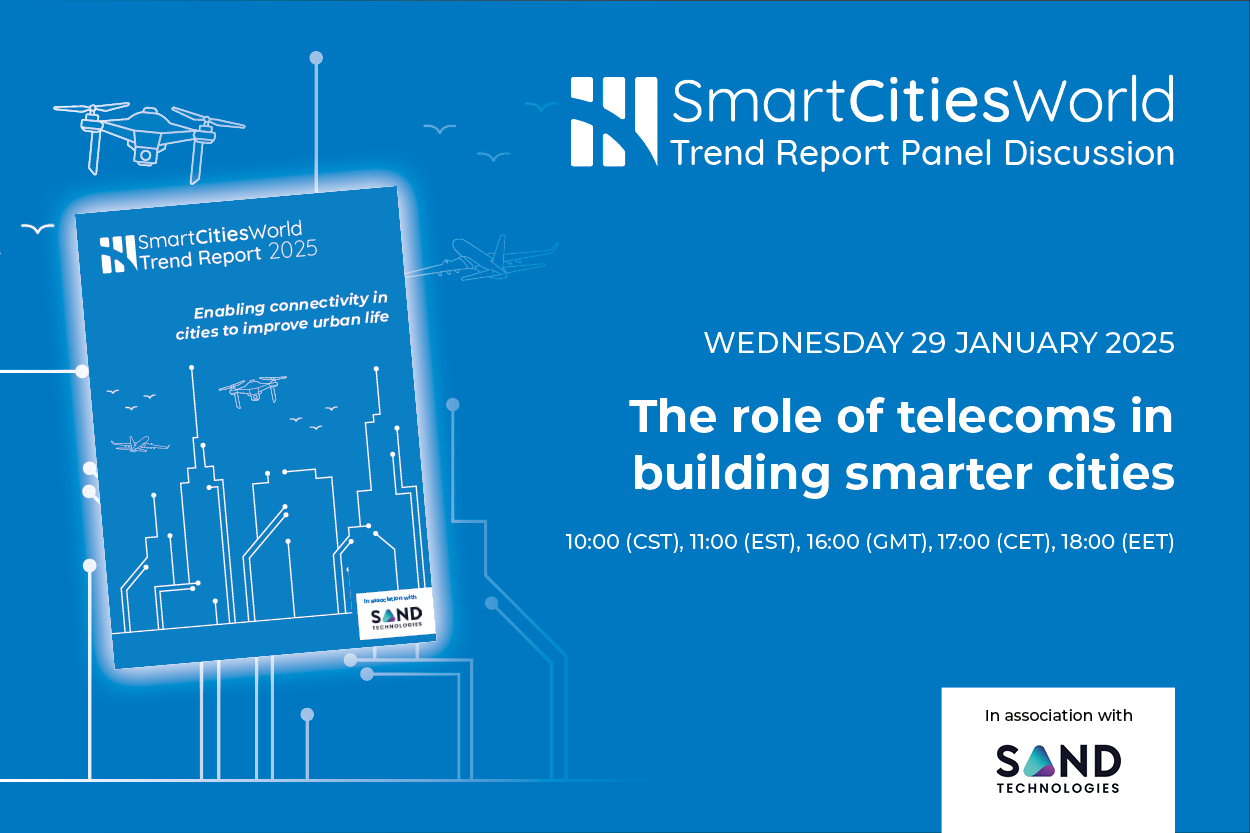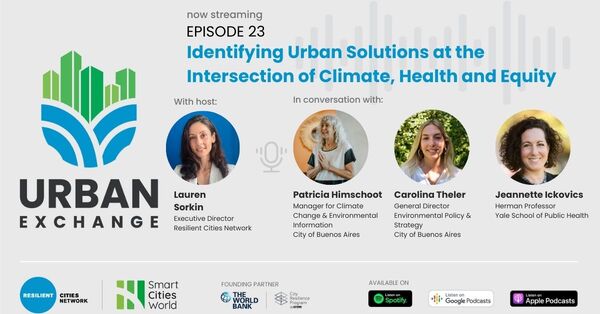Special Reports
SusHi Tech Tokyo 2024: experience ‘Tokyo 2050’ todaySponsored by The SusHi Tech Tokyo 2024 Showcase Program Executive Committee
V2X gathers pace in automotive
The V2X paradigm is becoming increasingly diversified and will extend to market adjacencies like V2H and V2G report states
Vehicle-to-everything (V2X) is finally gaining momentum in the smart mobility industry after languishing for more than a decade but deployment remains “problematic”, a new report finds.
Illustrating this is a growing number of initiatives, trials, and product launches according to ABI Research’s report, V2X and Cooperative Mobility Use Cases, which extends to include collective perception, remote sensor fusion, and cooperative mobility.
This is happening as awareness grows surrounding the critical role of V2X to bring the reliability and robustness needed for level 4/5 vehicle automation
Cellular V2X, aggressively promoted by the 5G Automotive Association (5GAA), now offers a potentially more flexible alternative to the legacy IEEE 802.11p said ABI.
“Though gaining traction, the V2X industry has not yet come up with a credible, convincing strategy for widespread installation, adoption, and use of V2X capabilities, which require near 100 per cent penetration levels,” said Dominique Bonte, managing director and vice president, ABI Research.
“
Relying on consumers to pay for optional V2X functionality and thereby achieving widespread consumer adoption within reasonable timeframes is wishful thinking, especially when taking into account long vehicle replacement cycles,” he added.
“Moreover, efforts to impose a V2V mandate in the US remain surrounded by uncertainty amidst mounting discussions about radio spectrum.”
Bonte suggested a “more realistic scenario” would be to equip vehicles designed for car sharing with V2X tech within smart city and mobility as a service contexts. This would avoid the pitfalls of B2C models and instead leverage fleet-based B2B approaches.
In the meantime, the V2X paradigm is becoming increasingly diversified and will extend to market adjacencies like vehicle-to-home (V2H) and vehicle-to-grid (V2G), the report states.
“V2X will evolve into a ubiquitous IoT-like, cross vertical connectivity and application paradigm, one that reaches far beyond the initial narrow scope of active vehicle safety and the DSRC/WAVE protocol,” concludes Bonte.
If you like this, you might be interested in reading the following:
u-blox, Commsignia and NXP partner on V2X
V2X technology is the only proven and production ready technology that can reliably see around corners
smartcitiesworld.net/connectivity/connectivity/u-blox-commsignia-and-nxp-partner-on-v2x
Consortium to trial vehicle-to-everything communication
Programme aims to demonstrate the benefits of using a unified C-V2X connectivity platform as well as to showcase C-V2X range, reliability and latency advantage
Audi launches first vehicle-to-infrastructure tech in the US
Las Vegas continues its leadership in smart city technology by being the first city to connect traffic signal network to vehicles

















